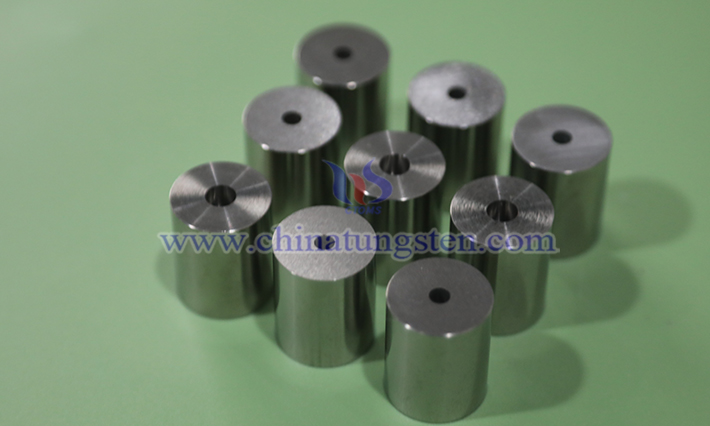Chemical Properties of Tungsten-Nickel-Iron Alloy
- Details
- Category: Tungsten Information
- Published on Friday, 04 July 2025 15:13
The physical properties of tungsten-nickel-iron alloy include high strength, good ductility, high hardness, wear resistance, and a low thermal expansion coefficient, while its chemical properties encompass excellent corrosion resistance, high-temperature oxidation resistance, chemical stability, and erosion resistance. These chemical properties arise from the synergistic effects of the constituent elements and the alloy’s microstructural characteristics.

I. Excellent Corrosion Resistance
Tungsten-nickel-iron alloy exhibits strong chemical stability in corrosive media such as acids, alkalis, and salts, making it an ideal material for chemical equipment and marine engineering. For instance, in nuclear industry radiation shielding materials, the alloy is exposed to coolants containing radioactive particles over long periods, and its superior corrosion resistance prevents degradation of shielding performance. Additionally, its resistance to rust in humid environments surpasses that of many other materials, making it suitable for manufacturing outdoor high-voltage switch contacts exposed to the elements.
II. High-Temperature Oxidation Resistance
The alloy demonstrates excellent high-temperature oxidation resistance. For example, in aerospace, gyroscope rotors made from this alloy operate under high-speed rotation and elevated temperatures, where its oxidation resistance prevents surface oxide flaking, ensuring rotational precision and equipment longevity. Similarly, its use in high-temperature furnace heating elements relies on this property to avoid resistance changes and thermal efficiency losses due to oxidation.

III. Chemical Stability and Erosion Resistance
Tungsten-nickel-iron alloy shows inertness to various chemical substances, including organic solvents and halogen gases, attributed to tungsten’s high melting point and the solid-solution strengthening effects of nickel and iron. For instance, in electronic cathode emission devices, the alloy withstands high-energy electron bombardment in vacuum or inert gas environments, with its chemical stability preventing material degradation and maintaining emission efficiency. Additionally, in medical equipment applications (e.g., radiation shielding in MRI rooms), its resistance to chemical erosion prevents performance degradation from disinfectants like hydrogen peroxide or ethanol.
- Chinatungsten Online: www.tungsten-alloy.com
- CTIA GROUP LTD: en.ctia.group
- Tungsten News & Price: www.ctia.com.cn
- Molybdenum News & Price: news.molybdenum.com.cn
- Tel.: 86 592 5129696; Email: sales@chinatungsten.com



 sales@chinatungsten.com
sales@chinatungsten.com